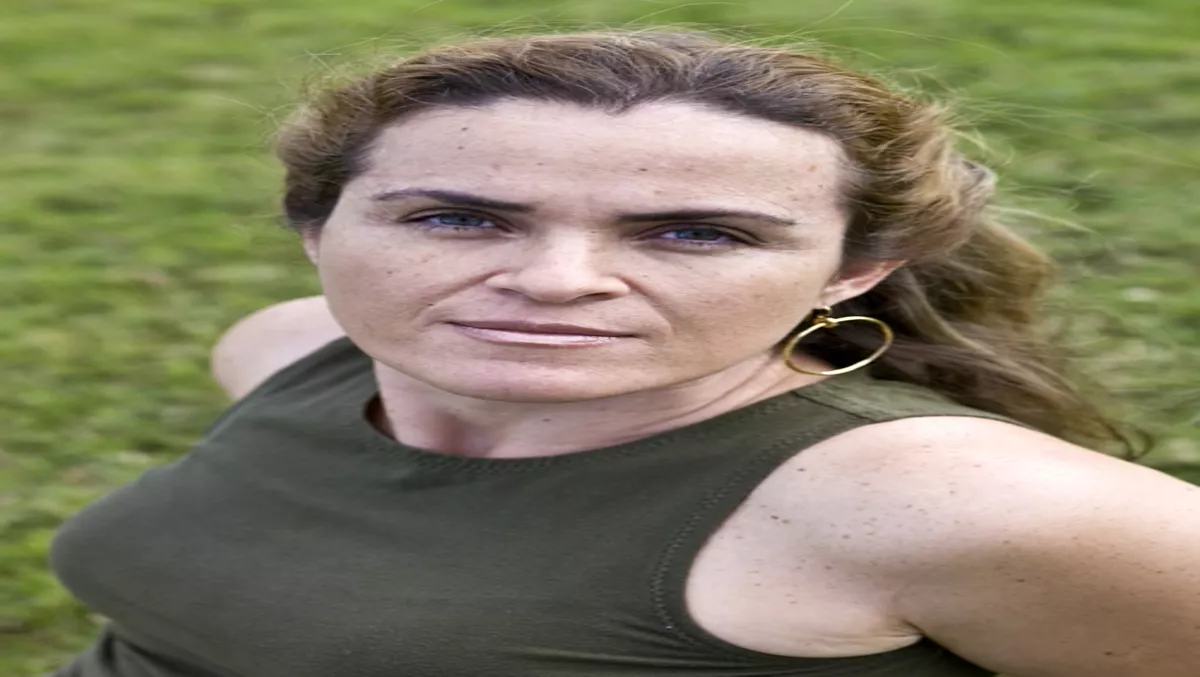
Pretty ugly?
It’s no secret that celebrities and models are photoshopped in the media - sometimes to the point of being unrecognizable - but now there is a tool that can prove exactly how much of a transformation each photo has undergone. Researchers at the Department of Science at Dartmouth College have developed a software tool that can rate photographs based on how much they have been digitally altered with programs such as Adobe Photoshop. The tool was developed as part of the effort to bring truth to advertising and educate people (particularly young girls) on what defines realistic and natural beauty. The system was developed by analyzing and statistically measuring results from various before-and-after photos. "If the tool is used in the future, magazines and advertisements could have a warning label on images similar to a nicotine ad,” Dr. Hany Farid, a professor of computer science and digital forensics at Dartmouth College, said in a recent interview. "There could be a number at the bottom of the photo revealing just how much it’s been altered.” The number would be a rating on a scale between one and five, one being barely altered and five being extreme.With the proliferation of unrealistic and highly idealized images in today’s society leading to eating disorders and low self esteem in everyone from women and men to young children, several countries have begun considering legislation that would demand labelling on retouched photos. Many countries in Europe such as France and Norway have set the ball rolling on this idea, but nothing has been approved as of yet. However, if and when this legislation does go ahead, Farid’s tool would certainly be an asset. "If legislation to label altered photos is passed then it will be important to have the right technology to determine the extent by which a photo has been altered,” he said.Farid hopes that these measures will encourage magazine editors and advertisers to cut back on the amount of photoshopping, resulting in healthier portrayals of beauty in the media. However, he notes that the rating system would only work if all parties were on board, from the publishing world to legislation. "It’s not something you want to rush into. Everyone would need to be in agreement and the right metrics and technology would have to be in place.”To view a freaky video showing just how much editing takes place when it comes to magazine and advertising photos, check out this commercial from Dove (part of their Dove self esteem fund). tinyurl.com/y6p9e9

